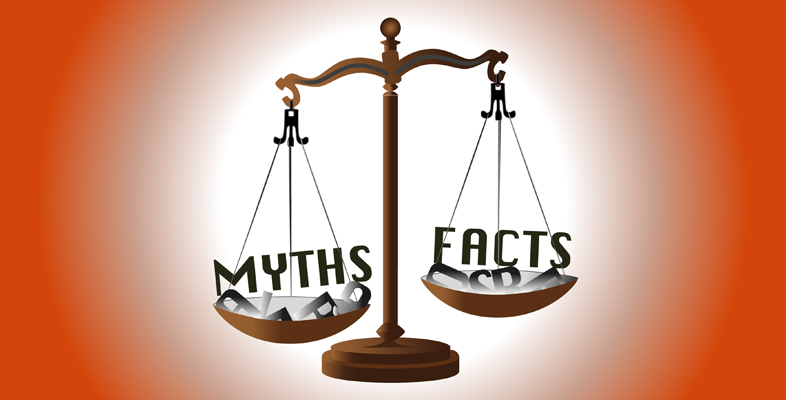5.3 Mixture?
Many crimes have victims, and the most serious crimes cause grave harms to their victims. However, that is not true of all crimes. And sometimes, it is unclear who is really the victim of a crime.
Activity 10 Who is the victim?
Alex and Sam get drunk, argue, and then exchange blows outside a nightclub. Which of them is the victim of a criminal assault, and why?
What if Alex struck the first blow: does that change your view? Why?
What if Alex struck first, but only after Sam made provocative remarks and gestures?
What if Sam started the fight, but Alex turned out to be a much better fighter? By the end of the fight, Alex had a few minor bruises but Sam was seriously injured.
Comment
It is not easy to identify the victim in this scenario, and views may change in light of the extra information. It is arguable that neither party was a victim of crime, that both were, or that the victim changed according to the facts. There is no right answer here.
In the next section you will explore what happens when individuals are convicted of a criminal offence and whether they are ‘let off’ without prison sentences.
